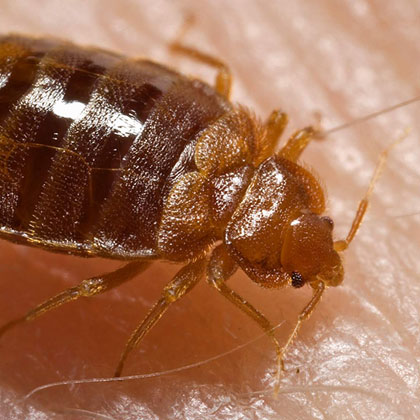Antibiotics: Helping our bodies, hurting our environment

Antibiotics: Helping our bodies, hurting our environment
Antibiotics emitted from pharmaceutical plants have been known to contribute to water pollution in some regions of the world. New research reveals that biological communities downstream of plants change as a result of such exposure. This finding supports growing evidence that antibiotics can change the makeup of rivers and streams.
Bielen, Ana, Ana Šimatović, Josipa Kosić-Vukšić, Ivan Senta, Marijan Ahel, Sanja Babić, Tamara Jurina, Juan José González Plaza, Milena Milaković, Nikolina Udiković-Kolić, “Negative environmental impacts of antibiotic-contaminated effluents from pharmaceutical industries,” Water Research, Volume 126, 2017, Pages 79-87, ISSN 0043-1354. DOI: 10.1016/j.watres.2017.09.019.
Antibiotics work miracles. In the human body antibiotics target infections and prevent diseases. However, once they are excreted from our bodies and dispersed into waterways, antibiotics can harm the environment. One way this occurs is by promoting increased microbial resistance in the environment. This creates new “super” microbes which have the potential to upend fragile ecosystems.
Researchers in Croatia investigated the effects of antibiotic-containing wastewater on bacteria, algae, and animals. Their study analyzed river water directly downstream of pharmaceutical plants. Water Research published the results of their work in December 2017.
The pharmaceutical plants studied produce common antibiotics such as azithromycin, which is used to treat infections caused by bacteria. Many of the antibiotics are macrolides — a class of antibiotics that can persist in the natural environment for a long time. The researchers measured the outflow of antibiotics from the pharmaceutical plants into rivers. They then brought wastewater samples back to the lab to determine how the wastewater affected algae, bacteria, and fish.
Their study found that the concentrations of antibiotics varied seasonally. This variation also corresponded to bacterial community changes. Higher concentrations of antibiotics decreased bacterial diversity. Fish embryos grown in this wastewater experienced developmental issues. In the wastewater, fish embryos died within 24 hours of development. In contrast, when the wastewater was diluted, the embryos survived longer. The antibiotic-laden water had an even stronger effect on algae. High levels of antibiotics stopped all algae growth.
Despite growing public concern over antibiotics in the natural environment, the U.S. government and governments worldwide fail to adequately regulate household and industrial effluent containing antibiotics. Growing natural antibiotic resistance affects both humans and animals. One great concern is the emergence of new “super bugs” that are resistant to common antibiotics and therefore difficult to eradicate as pests, or in infections.
It is much easier to access the effects of antibiotics in a controlled laboratory setting than to study the real-life effects of multiple antibiotics, metals, and other substances found in polluted effluent. This study was able to quantify these changes by studying polluted water downstream of pharmaceutical plants as well as it’s effects in a laboratory setting. The results show we need regulation of antibiotics entering waterways and we need to take steps towards comprehensive wastewater treatment and discharge standards for some of the more toxic and long lasting antibiotics.




